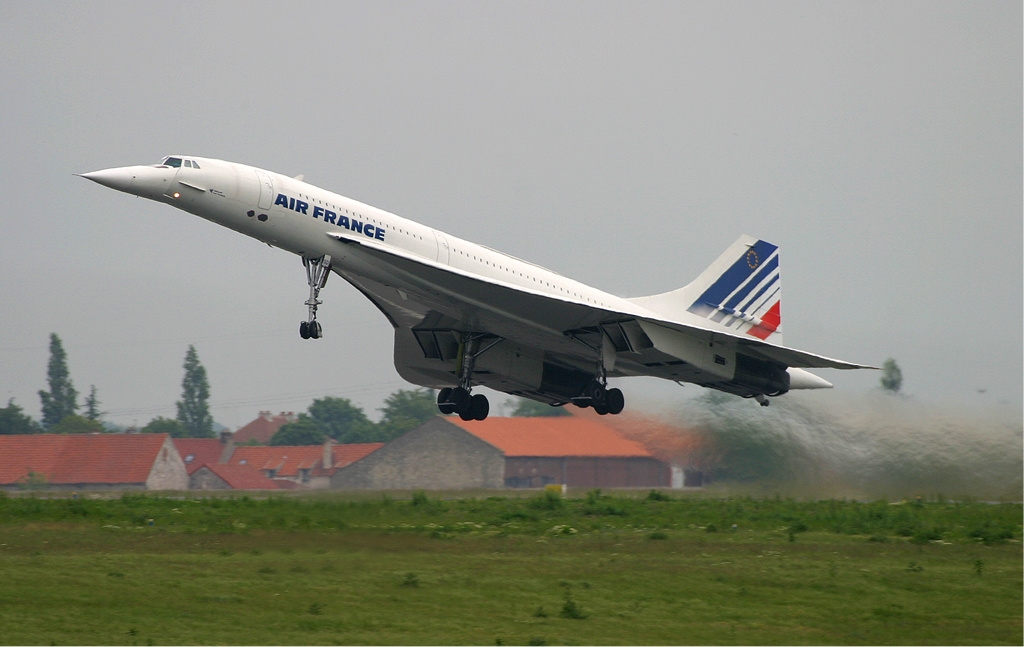
The Concorde first entered service in 1976. One of the only two supersonic passenger aircrafts ever produced, it crossed the Atlantic in three hours at 1,370 miles per hour—which is almost twice the speed of sound. Recently, news of the Concorde reappearing in the skies has caused an uproar in the aviation world. Club Concorde, a club consisting of ex-captains, ex-charterers and people passionate about the Concorde, has raised $186 million to bring back the Concorde, and see it fly again. They hope to buy one of the remaining planes to be flown privately “under neutral livery” with bases in the UK and France, with the club itself bearing all restoration and hangar construction sites.
It is an amazing idea, but putting a decommissioned plane back in the skies isn’t only about capital. The biggest obstacle is refusal by the plane’s manufacturer, which was formerly British Aerospace-Aerspatiale, now Airbus. What fuels this supersonic is an immensely complex airframe and systems. The Civil Aviation of UK would feel uncomfortable handing that to a group of enthusiasts.
“Concorde was a unique aircraft type that demanded tailored parts, systems, maintenance techniques, and so on, and so few aircraft were built that there isn’t a vast pool of spares and engines to raid,” says CNN. Meanwhile, the Musee de l’Air et de l’Espace issued a statement saying its Concordes are as much a part of French heritage as the Mona Lisa or the Palace of Versailles; they aren’t for sale at any price and won’t fly again.